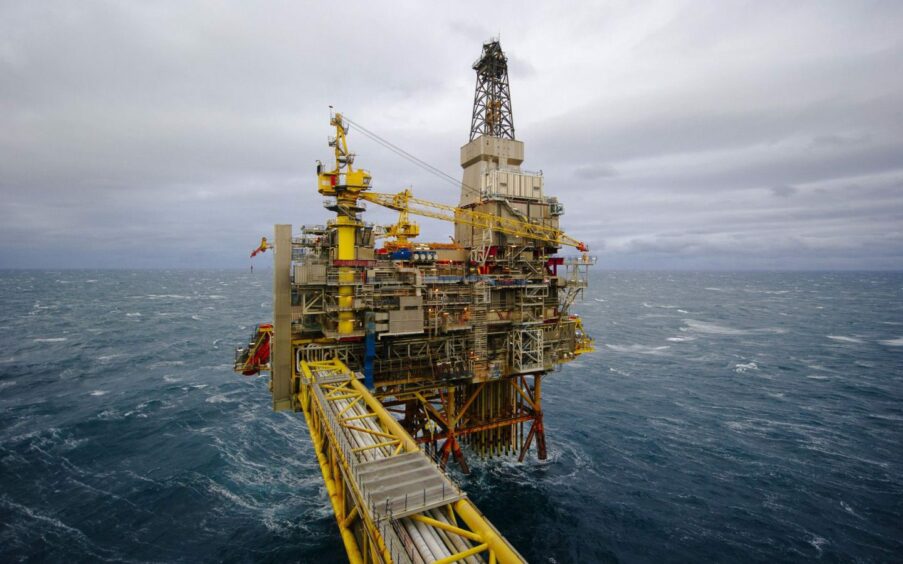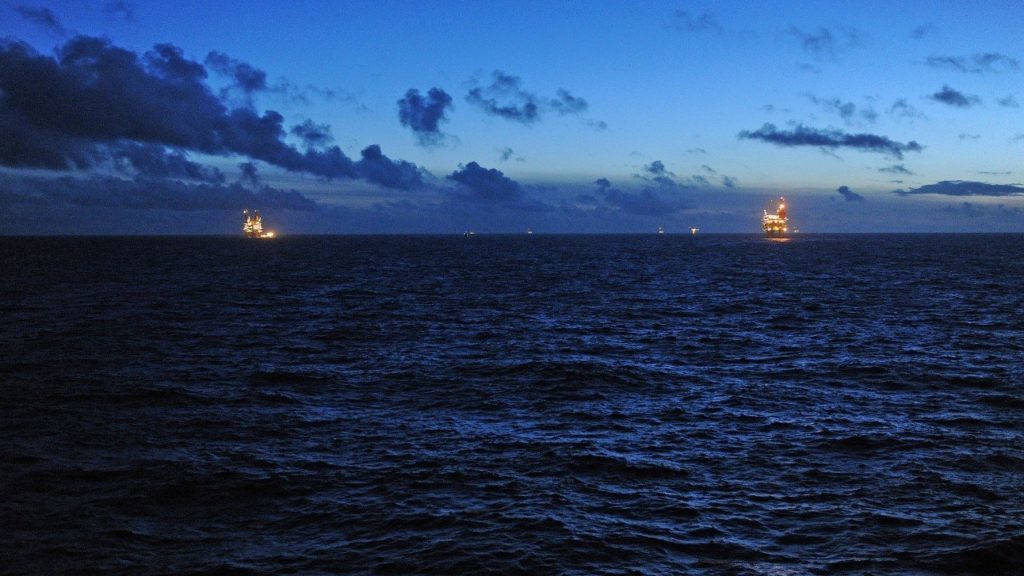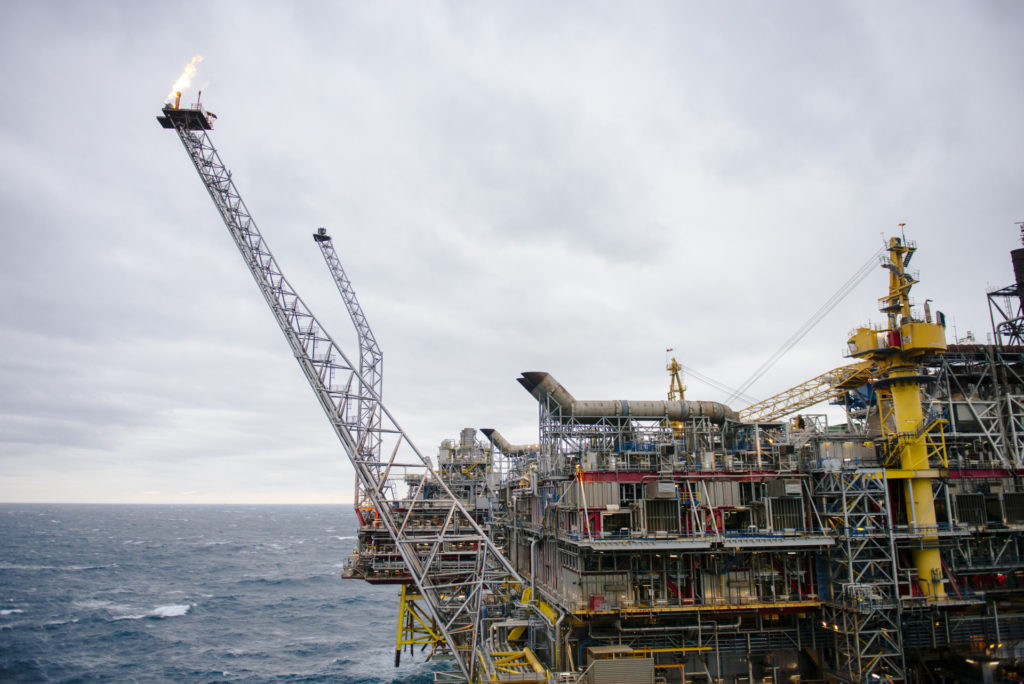
More than half of Norway’s gas exports are likely to be hampered by ongoing offshore strikes, the country’s leading trade body has said.
The Norwegian Oil and Gas Association (NOGA) predicted that a scheduled escalation in industrial action will lead to lost revenue of NOK 1.8 billion (£150 million) a day.
Almost 60% of gas exports from the Norwegian continental shelf (NCS) will also be affected as the number of fields impacted grows.
Members of the Norwegian Organisation of Managers and Executives (Lederne) trade union went on strike from midnight on Tuesday.
The action is expected to take around 89,000 barrels of oil equivalent per day (boepd) of production offline at the Gudrun, Oseberg South and Oseberg East fields – around 27,500 boepd of that is gas.
Workers are demanding an increase in wages to make up for rising inflation.
And the dispute is poised to ramp up further, after Lederne confirmed an extension to the strike, coming into force on Saturday – it will impact the Gullfaks A, Gullfaks C and Sleipner fields.
The NOGA says this will be “very damaging and serious” for both Europe and Norway, which accounts for about a quarter of the continent’s energy supplies.
It comes at a time when Europe is looking to alternative fuel sources to replace supply from Russia, leading to a “very tight market for natural gas”.
And a strike on this scale “poses huge problems for countries which are wholly dependent” on filling up their gas stores ahead of autumn and winter, the trade body said.
In a statement, the NOGA added: “Norway has been begged by other countries over the past year to find ways of increasing its natural gas production for export to Europe.
“A great deal of work has been done to achieve this by both government and industry.
“A strike would be very destructive for the reputation of Norway and the industry as a reliable and stable supplier of natural gas.”
“Norwegian Oil and Gas has already signed collective pay agreements for operator employees with the Norwegian Union of Industry and Energy Workers (IE) and the Norwegian Union of Energy Workers (Safe). They account for 85 per cent of the union members covered by the offshore agreements.
“The association has a parallel agreement with Lederne, and the union is fully aware that Norwegian Oil and Gas is unable to make any changes to the agreement with it.”
Norway’s Labour Ministry said it is following the action “closely” and can act to intervene to stop a strike in exceptional circumstances.
In a statement, Equinor said it had initiated a safe shutdown of the Gudrun, Oseberg South and Oseberg East fields.
A further extension of the strike, impacting the Heidrun, Kristin and Aasta Hansteen fields, is due to take effect shortly before midnight on Wednesday 6 July.
Equinor said this means it would perform further controlled shutdowns of production at these fields, including the Tyrihans field, which is tied to the Kristin platform.
Total production from Heidrun, Kristin/Tyrihans and Aasta Hansteen is around 333,000 boepd, of which 264,000 boepd is natural gas.
Equinor said the impact of this further action “is not yet clear.”
More follows.
Recommended for you


